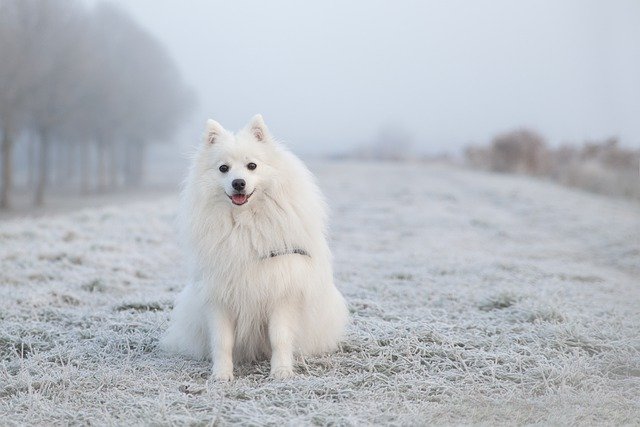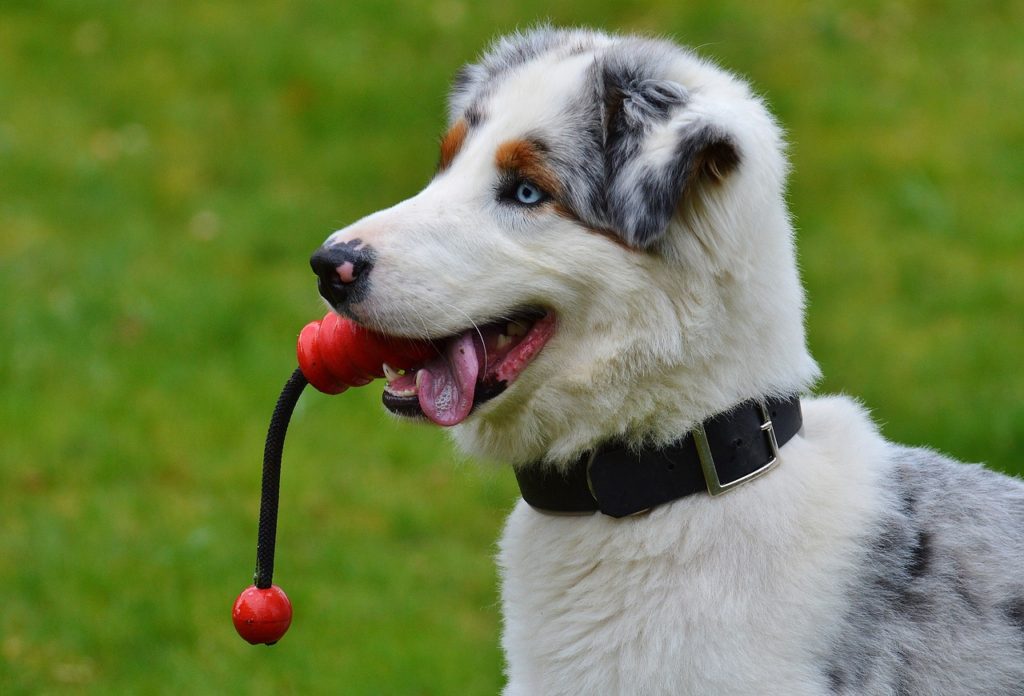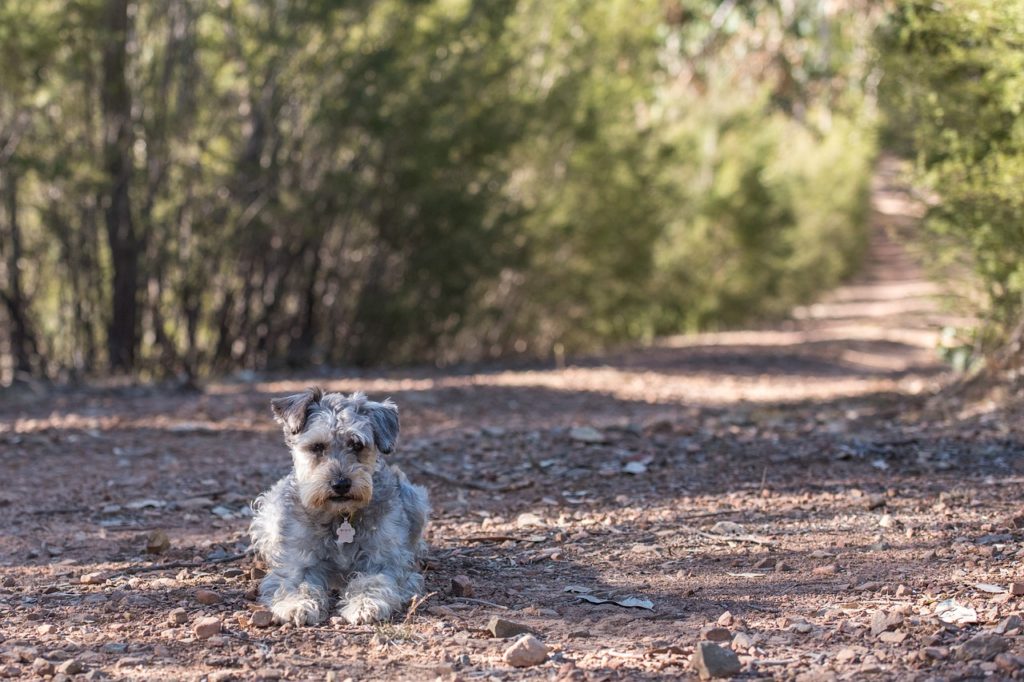
Winter is in full swing again, and getting outdoors can be a challenge. Although exercise for your dog is still vital, even during the colder weather, the elements can prove tricky. Snow, ice, salt, and colder temperatures can harm your dog’s paws. This time of the year, it’s important to protect the paw pets on your furry friend, as they don’t have protection like shoes like we do when we go outside. Paw pads can be chapped, cracked due to salt and chemicals used to keep sidewalks clear of ice and snow. Injuries, like slipping on ice, can also happen this time of the year on untreated surfaces.
Fortunately there are a number of options to keep your pet’s paws safe during your winter walks.
Regular Grooming is the Best Place to Start
Before heading out with your dog this winter, make sure the pup is well groomed. Grooming before the winter will remove longer hair that can trap ice or chemicals from treated surfaces. We’ll make sure that your pet doesn’t have long hairs growing out from its paw pads that can cause slipping or other injuries.
Clean Your Pet After Each Walk
Try as you might, you can’t avoid all of the snow and ice this time of the year. Nor can you avoid those treated surfaces with salt and other chemicals that your pet could lick. So, after each walk, spray your pet’s feet with warm water to wash away anything the dog might have picked up during the walk. Wipe clean with a cloth.
Keep Your Pet Hydrated, Inside and Out
Hydration is an important step to protect your dog’s paws during winter walks. Make sure your dog is well hydrated and has plenty of water before and after walks. Proper hydration will ensure the dog’s skin and paw pads stay moist and can help avoid the cracking and blistering of the pads. You can also slather the pads with a balm to protect it from frostbite and drying out. Try to keep winter walks shorter, so that the dog doesn’t become dehydrated during the exercise.
Avoid Walking in Slushy Areas
Slushy surfaces are usually treated with deicers that can come in contact with the dog during winter walks. Deicers have most of the chemicals that your dog could ingest if it licks it paws that are contaminated with the poisons. If you’re treating your outdoor surfaces at home, look for deicers that are pet-friendly, and encourage your neighborhood to do the same. If you think your dog came in contact with deicers, bring a towel on the walks for a quick clean, until you can get home and fully wash it away with warm water.
Consider Dog Boots
There are a number of clothing options to protect your dog’s paws during winter walks. Dog boots will help you keep the paw pads safe from the wear and tear caused by the elements. They’re the more convenient option to avoid constant cleaning after your dog walks. You may also want to consider coats and other winter wear for your pet, to protect the entire body from the elements on especially cold days. Extra clothing is important for dogs with shorter hair or no hair at all as it will help them stay warm during the walk.



Pingback: How to Protect Your Dog's Paws During Winter Wa...